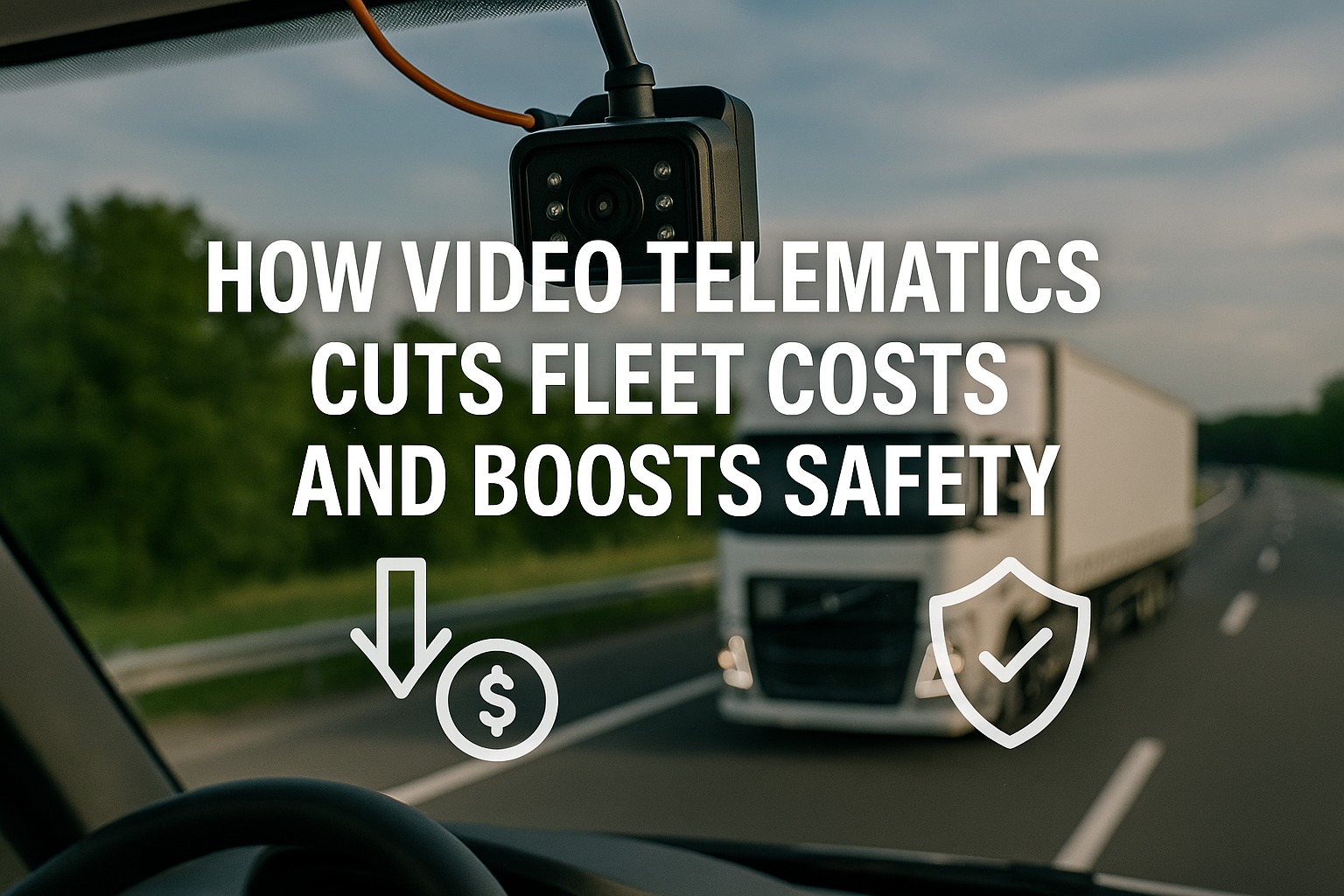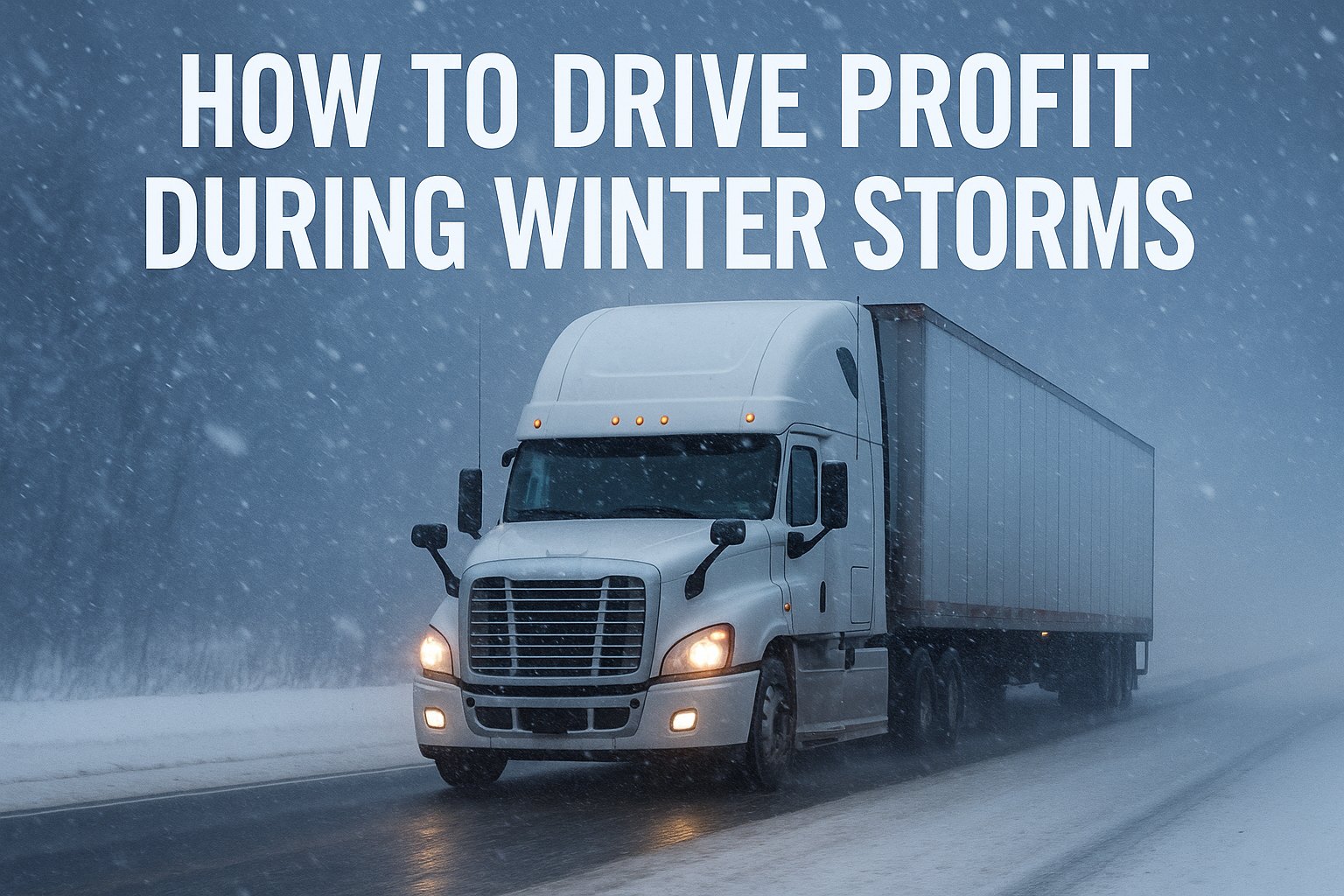The Video Telematics Revolution: Proven Results
Modern video telematics delivers measurable safety and financial benefits:
40%
Accident reduction
$30K+
Annual savings/vehicle
60%
Lower insurance
85%
False claim protection
Key Benefits of Video Telematics Implementation
1. Accident Prevention & Reduction
Highest ImpactTechnology: AI-powered forward and driver-facing cameras, collision warnings, lane departure alerts
Real-time Coaching: In-cab alerts for tailgating, distraction, harsh events
Results: 40-60% reduction in preventable accidents within 6 months
2. Insurance Premium Optimization
Cost ReducerPremium Reductions: 15-60% lower rates with proven video telematics
Claims Management: 80% faster resolution, 50% lower settlements
Risk Profile: Improved CSA scores, better carrier ratings
3. Driver Behavior Transformation
Culture BuilderMonitoring: Speeding, harsh braking, distraction, seat belt use
Coaching Tools: Automated scorecards, video-based training, positive reinforcement
Engagement: Gamification, rewards programs, peer competition
4. Fuel Efficiency Improvements
Hidden BenefitBehaviors Tracked: Excessive idling, aggressive acceleration, speeding
Optimization: Route efficiency, driver coaching on eco-driving
Technology: Integration with engine data, real-time MPG tracking
5. Legal Protection & Exoneration
Risk ShieldEvidence Collection: HD video, GPS data, speed verification, event reconstruction
False Claims: 85% of fraudulent claims dismissed with video evidence
Nuclear Verdicts: Protection against catastrophic settlements
6. Operational Efficiency Gains
Productivity DriverRoute Optimization: Visual verification of deliveries, stops, and delays
Customer Service: Proof of delivery, damage documentation, service verification
Training Efficiency: Real-world video for continuous improvement
Transform Your Fleet Safety Today
Join industry leaders using video telematics to cut costs 40% while creating safer roads. See immediate results.
Video Telematics ROI Analysis
| Cost/Benefit Category | Before Video Telematics | After Implementation | Annual Savings (50 vehicles) |
|---|---|---|---|
| Accident Frequency | 12 accidents/year | 5 accidents/year | $525,000 |
| Insurance Premiums | $8,000/vehicle/year | $5,500/vehicle/year | $125,000 |
| Fuel Costs | $45,000/vehicle/year | $39,000/vehicle/year | $300,000 |
| False Claims/Lawsuits | $200,000/year | $30,000/year | $170,000 |
| CSA Violations | 45 violations/year | 15 violations/year | $60,000 |
| Driver Turnover | 80% annually | 45% annually | $175,000 |
| Total Annual Savings | $1,355,000 | ||
Implementation Best Practices
Phase 1: Planning
Weeks 1-2
- Define safety goals and KPIs
- Select camera configurations
- Create privacy policies
- Develop driver communication
Phase 2: Pilot Program
Weeks 3-6
- Install in 10% of fleet
- Train pilot drivers
- Test coaching workflows
- Gather feedback
Phase 3: Full Rollout
Weeks 7-12
- Systematic installation schedule
- Comprehensive driver training
- Manager dashboard setup
- Integration with systems
Phase 4: Optimization
Ongoing
- Review safety metrics weekly
- Refine coaching programs
- Celebrate improvements
- Expand features usage
Common Video Telematics Mistakes to Avoid
❌ Big Brother Approach
Risk: Driver resentment, turnover, sabotage
Solution: Position as safety tool, emphasize exoneration benefits, involve drivers in rollout
❌ Data Overload
Risk: Paralysis, missed critical events
Solution: Focus on top 3-5 behaviors, use AI filtering, automate alerts
❌ Punitive-Only Use
Risk: Negative culture, minimal improvement
Solution: 5:1 positive to corrective coaching ratio, rewards programs
❌ Poor Video Quality
Risk: Useless for exoneration or training
Solution: HD cameras minimum, night vision, adequate storage
❌ Ignoring Privacy Laws
Risk: Legal liability, driver lawsuits
Solution: Clear policies, state law compliance, driver consent
❌ Set and Forget
Risk: Declining ROI, missed opportunities
Solution: Active management, continuous training, regular reviews
Advanced Features That Maximize Value
AI & Machine Learning
- Automatic event detection
- Risk prediction algorithms
- Driver fatigue monitoring
- Pattern recognition
Result: 90% fewer false alerts
Mobile Integration
- Live streaming to phones
- Remote coaching ability
- Driver self-review app
- Instant notifications
Benefit: 24/7 fleet visibility
Cloud Analytics
- Unlimited video storage
- Cross-fleet benchmarking
- Predictive maintenance
- Custom reporting
Value: Data-driven decisions
System Integration
- ELD synchronization
- Dispatch software links
- Maintenance triggers
- Insurance portals
Savings: 15 hours/week
Start Saving with Video Telematics
Protect your drivers, reduce costs 40%, and join the safest fleets on the road. Implementation support included.
Frequently Asked Questions
Initial resistance is common but quickly converts to support when drivers experience the benefits: 78% of drivers report feeling safer, video exonerates drivers in 85% of not-at-fault accidents, and drivers appreciate protection from false claims. Success keys include transparent communication about purpose, involving driver champions in rollout, emphasizing safety over surveillance, and sharing positive outcomes. Most fleets see full buy-in within 60 days when implementation focuses on driver benefits.
Total investment typically ranges from $1,000-2,500 per vehicle including: hardware ($500-1,200 for quality dual-facing cameras), installation ($150-300 or DIY options), monthly service ($50-100 covering cellular data, cloud storage, AI processing), and training time (4-6 hours per driver). For a 50-vehicle fleet, expect $75,000-125,000 first-year investment. ROI is typically achieved within 3-4 months through insurance savings alone, with full payback in under 6 months.
Insurance savings vary but typically range from 15-60%: immediate discounts of 10-20% for installation, additional 10-25% after proving safety improvements (6-12 months), and up to 60% total reduction for best-performing fleets. Factors affecting savings include current safety record, claims history, type of operations, and insurance company policies. Many insurers now require or strongly incentivize video telematics. Average fleet saves $2,500 per vehicle annually on premiums alone.
Essential features for ROI include: minimum 1080p HD resolution (720p insufficient for legal protection), dual-facing cameras (road and driver views), night vision/infrared capability, minimum 30-60 second pre/post event recording, AI-powered event detection (not just G-force triggers), cloud storage with 30+ day retention, and live streaming capability. Advanced features like 360-degree coverage and auxiliary cameras add value for specific operations. Quality systems prevent 90% more accidents than basic dashcams.
Key metrics to track include: accident frequency (expect 40-60% reduction), insurance claims costs (50%+ reduction typical), driver safety scores (25%+ improvement), fuel efficiency (10-15% improvement from behavior change), CSA scores (30-40 point improvement common), and driver retention (20-35% improvement). Also monitor coaching effectiveness, false claim dismissals, and training time reduction. Successful implementations show measurable improvements within 30 days and dramatic changes by month six.








